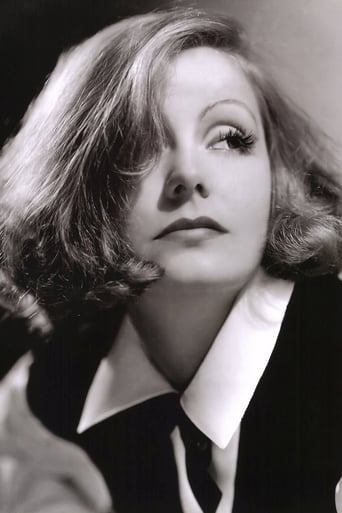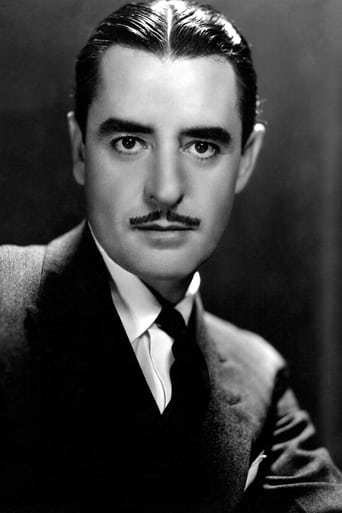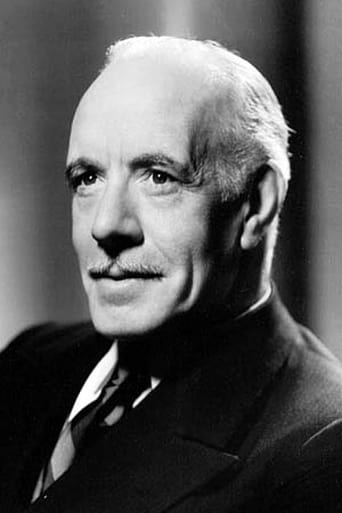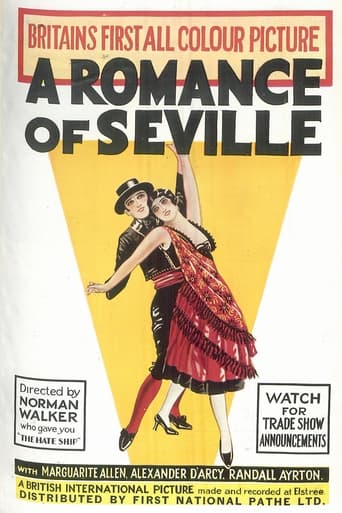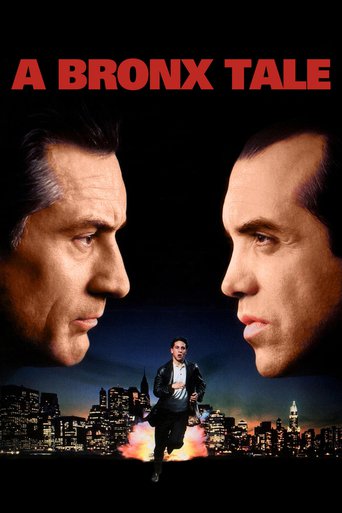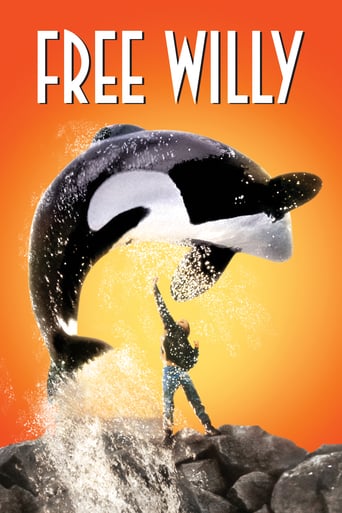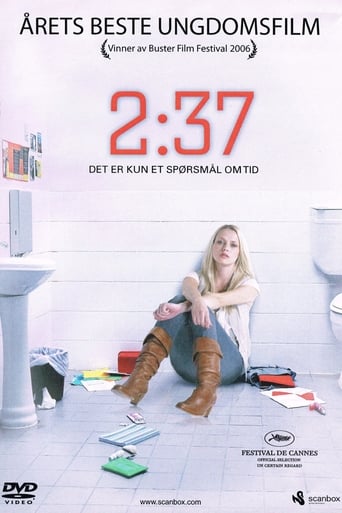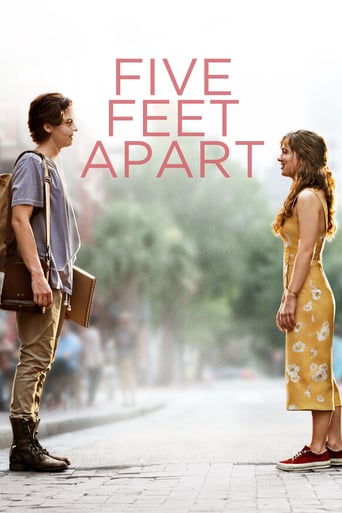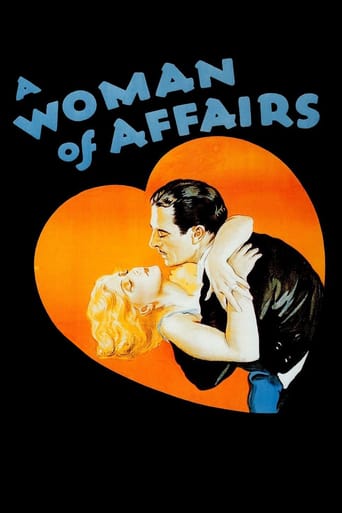
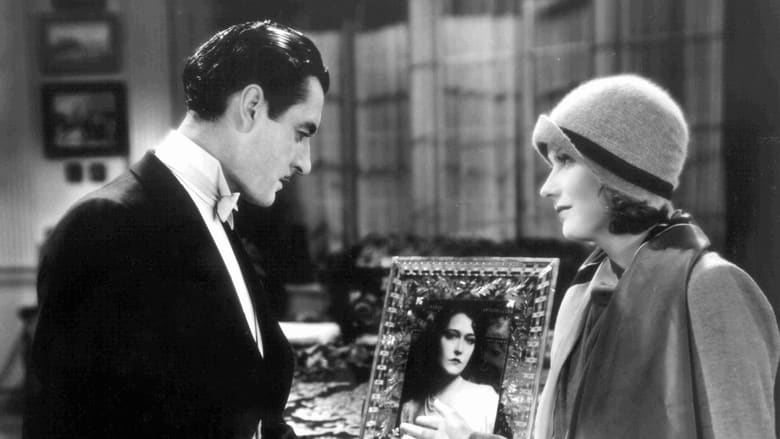
A Woman of Affairs (1928)
Childhood friends Diana, Neville and David are caught in a love triangle as adults. Diana and Neville have long been smitten with each other, but her father disapproves of the relationship, resulting in her eventual marriage to David. It's not long after their wedding, however, that tragedy strikes, sending Diana on a downward spiral. When Neville reappears in her life, will he be able to save her from her own misery?
Watch Trailer
Cast


Similar titles
Reviews
Director: CLARENCE BROWN. Screenplay: Bess Meredyth. Based on the novel, "The Green Hat" by Michael Arlen. Titles: Marian Ainslee, Ruth Cummings. Photography: William Daniels. Film editor: Hugh Wynn. Art director: Cedric Gibbons. Costumes designed by Adrian. Assistant director: Charles Doran.Copyright 10 December 1928 by Metro-Goldwyn-Mayer Pictures. U.S. release: 15 December 1928. Originally issued with a music score (including an original song by William Axt and David Mendoza called "Love's First Kiss") and sound effects, the film is now available only in a silent version with a new orchestral score composed by Carl Davis. New York opening at the Capitol: 20 January 1929. Current running time: 98 minutes.SYNOPSIS: Childhood sweethearts plan to marry, but the hero's father steps in and, fully intending to nip the romance in the bud, sends the lad off to Egypt. NOTES: Remade in 1934 as "Outcast Lady". COMMENT: Michael Arlen's steamy, best-selling 1924 novel of high society amours incurred the wrath of censors worldwide. It was eventually banned in many countries, including the U.S.A., England and Australia. Hence the movie's title change to the far more salacious "A Woman of Affairs". This is a sumptuous, yet beautifully made film, exquisitely photographed, most inventively directed, and superbly acted by an outstanding cast, not the least member of which, the young Douglas Fairbanks, almost steals the production from the divine Garbo herself. The new Carl Davis score has come in for quite a few brickbats, but I like it. For me, it perfectly captures the romantic mood induced by the story and its principal players. Yes, it's a familiar tale, but it's given a great workout here, thanks to solid acting which brings all the characters to life, really impressive (if mostly unobtrusive) direction and outstanding production values (including Daniels' attractively atmospheric camera-work). Garbo literally lights up the screen, even when her face is partly hidden by the green hat of Arlen's title. Incidentally, screenwriter Bess Meredyth and the caption writers have done a marvelous job condensing Arlen's wordy, over-written prose to the fast-moving story-line, succinct, realistic dialogue and descriptive inter-titles of the movie. As a result, the characters of the film are far more believable than their counterparts in the novel.
Garbo is liberated enough to smoke in this film but her lifelong love never gathers the courage to oppose his father and wed her.Here we see the deadening effects of marriage for appearance's sake rather than authentic desire.I've never been taken much with pretty-boy John Gilbert. He strikes me as too perfect-looking to care much about. In this movie, the handsome Hobart Bosworth, who plays his father -- 61 when this was filmed but appearing older -- is far more interesting.I wonder if the real reason Sir Morton stood in the way of his son's romance was his own interest in Diana.In some ways this film doesn't hold together very well.It starts out with an almost slapstick sequence that doesn't go with the serious tenor of the rest of the film. And later, why would those bent on jailing David show up at his honeymoon suite in France and not arrest him on his home turf in Britain? And what was the significance of Garbo drawing the ace of spades before driving off into the night? Clearly she was depressed, but why the implication that a card pushed her over the edge? While the theme of frustrated love is interesting for a bit, this film ultimately peters out disappointingly.
Michael Arlen's "The Green Hat" was the most sensational novel of its time. In 1924, the year it was published, it was the top selling novel. The story of a wild young widow with a notorious past, it bought London's Mayfair of the 1920s to life with it's rich tapestry of characters. It also shocked readers with allusions to homosexuality and sexually transmitted diseases. When MGM (of all studios) decided to make a movie of the novel - the name of the book or any allusion to it was not to be mentioned, hence the name "A Woman of Affairs". And it was definitely cleaned up.Diana, David and Neville have been friends since childhood, but Diana and Neville had a special bond. Diana Merrick (Greta Garbo) and her dissipated brother Jeffry (Douglas Fairbanks Jnr.) are determined to live their lives in the pursuit of pleasure, earning them a bad reputation. Jeffry worships David (Johnny Mack Brown) and is drinking himself to death because of what he perceives is Diana's offhand treatment of David. Douglas Fairbanks Jnr. gives the performance of his young career as the alcoholic Jeffry (in the book he and Diana were twins). Jeffry has an unhealthy hero-worship of David and Fairbanks seems to really get inside his character.Neville (John Gilbert) is offered a post in Egypt and is eager to take it as it means he and Diana can be married when he returns. Diana believes his father has organised the job to part them as he is very disapproving of her lifestyle. They decide to elope but Neville's father hears of it, hurries him off to Egypt and so prevents the marriage. Years of waiting has Diana turning to David. They marry but Diana does not return his love. He commits suicide on their honeymoon and it is implied that he has found out something horrible about her past. The title says "He died for - decency" and Diana puts up with a lot of allegations and rumour.Years pass and Diana is back in London to visit her critically ill brother, who has never recovered from David's death and is drinking himself into an early grave. Neville is about to marry giddy Constance (pretty Dorothy Sebastian), who proves during the film that she has just as much character and honour as the rest of them. Dr. Hugh Trevelyan (Lewis Stone) has always been Diana's protector and supporter and it is he who informs her of her brother's death (she has spent the night at Nevilles).Diana suffers a nervous breakdown and I think it is this hospital scene in which Greta Garbo lifts this film to it's highest sphere. Neville has sent roses to her room but when Diana awakes and finds them gone she deliriously wanders through the hospital in search of them. "I woke up - and you weren't there" says Diana as she crushes the flowers in her arms. Everyone in the scene (Gilbert, Sebastian, Stone) seems transfixed as Garbo goes through this astonishing performance. The film is not over yet. Sir Morton Holderness (Hobart Bosworth), Neville's father has never held a very high opinion of Diana. He learns the real reason for David's suicide - he was an embezzler and Diana gave up her reputation for his honour - not to mention paying off his debts secretly. For the last time Diana proves she is a "gallant lady" by driving her car into the tree that had always symbolized her and Neville's love and leaving Neville and Constance free to begin their lives together.Greta Garbo is mesmerizing - you can't watch anyone else while she is on the screen. John Gilbert shows none of the personality and passion that characterizes his acting - he definitely takes a backseat to Garbo in this movie. In case you are wondering the exquisite Anita Louise plays Diana as a child. Director Clarence Brown did a wonderful job with a scenario which couldn't be faithful to the book to appease the vigilant censor.Highly, Highly Recommended.
"Garbo had something behind the eyes that you couldn't see until you photographed her in close-up. You could see thought. If she had to look at one person with jealousy, and another with love, she didn't have to change the expression. You could see it in her eyes as she looked from one to the other. And nobody else could do that on the screen." (director Clarence Brown in a 1968 interview).Perhaps, you may consider it strange of me to quote Brown's memorable words about Garbo under the title of the film which is, most definitely, not the top - famous film with Greta Garbo. Yes, it is true that not many people have seen A WOMAN OF AFFAIRS (1928), comparing its popularity to her other films, like FLESH AND THE DEVIL, NINOTCHKA or GRAND HOTEL. Furthermore, it was not released on DVD in September 2005, on the occasion of her birth's 100th anniversary . Yet, it is one of the most unforgettable films where Garbo's silent performance has a soul throughout. But, at the same time, the movie can also boast marvelous cinematography, great performances from all cast, an interesting content, and the original soundtrack which opens it to a new era of the 1920s cinema, something in between silent and sound films with dialogs. Let's start from the first aspect, CINEMATOGRAPHY. There are shots in this film that leave such a deep trace in the viewer that it is hard to forget them. I was absolutely astonished when I saw the moment where Diana (Greta Garbo) walks down the hill in the garden. The lighting and camera movement make such an effect that you simply admire the whole moment. The light is directed towards Diana's figure walking quickly but desperately after a bitter conversation with Morton Holderness (Howard Bosworth), an honorable father of her beloved Nevs (John Gilbert). Another brilliant scene is the one with flowers. Diana, recovering in hospital from the shock that she went through, keeps flowers by her side which remind her of Nevs. Soon before he comes to visit her, there is a brilliant shot of Diana lying in bed, in the state of delirium, and looking at flowers. She really has a blink in her eyes and the camera is directed towards her as well the flowers that she is staring at... Terrific, brilliant shot! The CONTENT of the movie is based on controversial novel by Michael Arlen, THE GREEN HAT. However, I am not going to compare these two since the film can be watched without the knowledge of the book whatsoever. Since the novel entailed a lot of controversial things, the code made the producers change much, even names. What is more, the credits of the film had no information except "from the novel by Michael Arlen," skipping the fact which novel it was. Therefore, the content was so much changed that the film becomes quite a different story. But, a very interesting one. Except for many things worth attention, I particularly like three aspects about the content. Firstly, it shows the psychological struggle between honor and love, reason and emotions. This clash is most accurately presented in Diana - Morton's conversation at the tree when the elderly gentleman wants to stop the "silly boy and girl attachment" between Diana and his son, Nevs. Morton's character is expressed in another moment when he says to his son trying to convince him to give up the relationship "Ten generations are watching you!" Secondly, the content perfectly shows what a passionate love really means. It is not the matter of choice where I say "yes" or "no" but has a deep insight into the psyche of a particular person. Although Nevs is happy with his wife Constance (Dorothy Sebastian), he cannot stop thinking about Diana whom he has known since the light hearted days of childhood. Thirdly, humorous moments make the rather sad content brighter. Some of them may seem dated, but they are funny in a different way. For instance, the wit about lip rouge is not found in films nowadays. Nevertheless, such script may still be amusing.The PERFORMANCES are absolutely outstanding. It is the third film in which Garbo appears with her real-life love interest John Gilbert and they both give marvelous jobs here. Their relationship is not that intimate and sensual as in FLESH AND THE DEVIL (1926), but it is more "hearty". Garbo gives her best performance when she is hugging the flowers in hospital. She completely opens herself to a viewer and you can read her mind, similarly like in the final shot of her 1933 masterpiece "Queen Christina". Gilbert is an elegant young person who portrays a man divided into two realities - the one of honor and duties and the one of love and dreams. Lewis Stone, a mainstay of most Garbo films (from this one to many others, including GRAND HOTEL and MATA HARI), does a great job as Dr Hugh Trevelyan, who approved of the relationship. Howard Bosworth is magnificent as cruel but honorable Morton Holderness, who disapproved of their relationship. Yet, Dorothy Sebastian gives a delicate performance of a beautiful young wife of Nevs, attempting to be happy and to make other people happy. So with these great performers, you see all of them in the final 10 minute-long scene at Holderness' house, where Diana comes to talk things over with Morton. I don't know how you will react to this, but I consider the scene a masterpiece of silent performances.All things considered, A WOMAN OF AFFAIRS is a highly recommended film which stands out in our modern era of cinema, as an example of cinematography, performances and well selected content. But it is also Garbo, one of the greatest stars of cinema, about whom one cannot forget when planning to see the movie. Indeed, you can see thought when you look at her face. Garbo ... eternal in cinema!


